WTF Caption Contest Winner
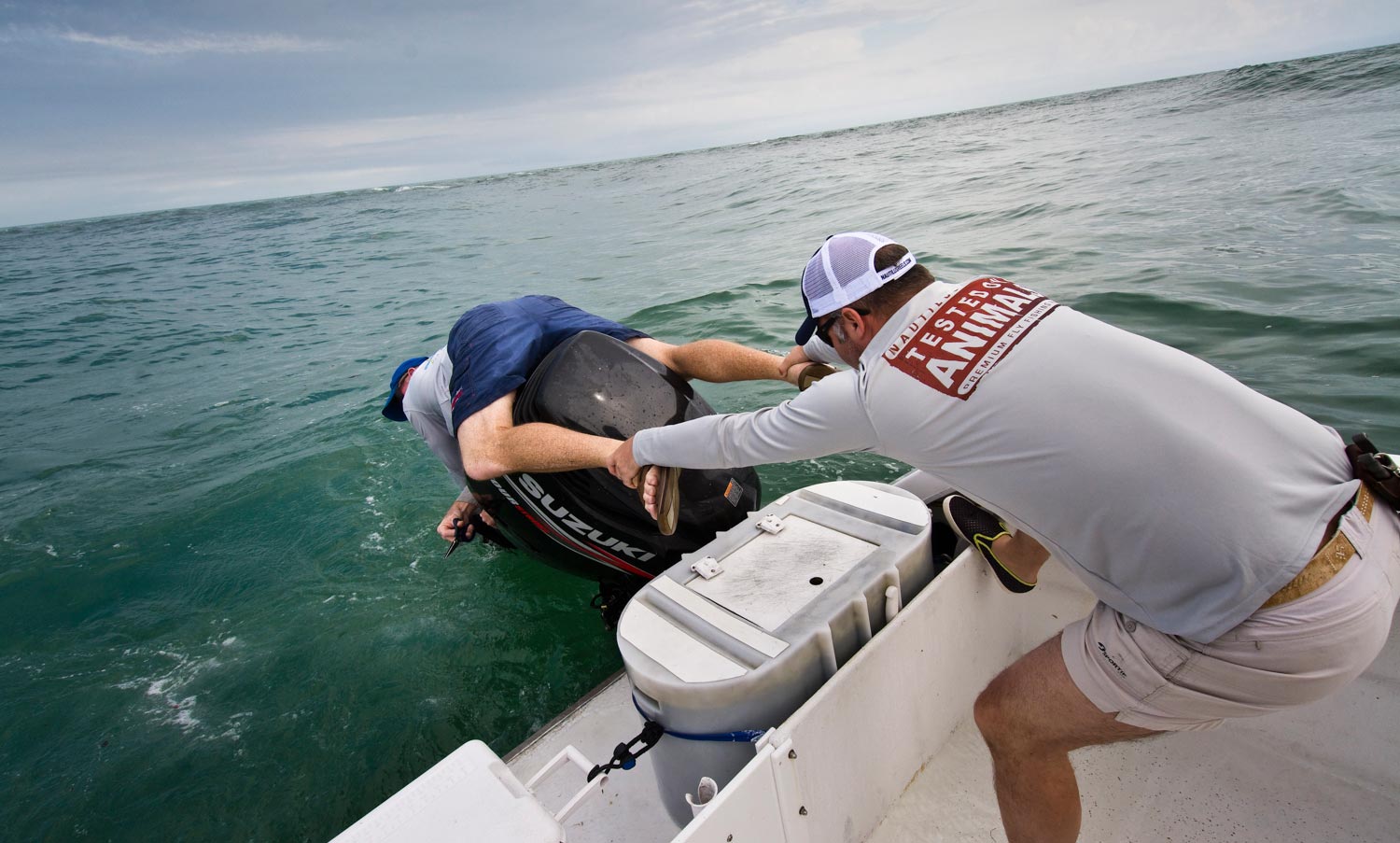
IT WAS TOUGH CHOOSING A WINNER FROM WAY OVER 100 HILARIOUS ENTRIES.
It looks like Jared Giles will be sporting that Paul Puckett original Flood Tide ball cap for his caption.
“2 guys 1 prop.”
If you don’t get it, trust me, you’re happier not knowing. Don’t go poking around the internet looking for the answers. Really!
Congratulations Jared, I guess now we all know what you’ve been up to on your lunch break! Thanks to everyone who entered. I wish you all could have won.
A special thanks to Paul Puckett and The Flood Tide Co for providing such a cool prize!
Read More »Fly Fishing: You Can’t Catch The Fish If You Don’t Make A Cast

If you’ve spent any time fly fishing on the saltwater flats, you’ve surely been in situations where you’ve had a fish swimming away from you, and you didn’t make a cast because you thought it was a “lost cause”. I know I’ve been there plenty of times. I’ve even had guides command me to stop casting at a fish scooting across the flats that was out of range. Are there times when it’s best to hold back and not make a cast to a fish? Yes, and an example would be when doing so might end up spooking other fish close by that you may soon have a much easier presentation at. That being said, I can assure you that in almost all other fly fishing situations, it’s total rubbish to not at least try to make a cast on a fish you’ve spotted, especially if it’s one of those days when you’re not getting a lot of shots anyway, which will happen to you sooner or later.
On plenty of occasions, personally as well for my buddies, nice bonefish, tarpon and redfish have been caught on these 1 in a 100, Hail Mary presentations. I remember one very respectable bonefish I caught in the Bahamas not too long ago, that was consistently moving away from me. No matter how fast and hard I tried to close the distance wading, it kept getting farther away. Finally, when it was way out there, well over 85 feet, I said the hell with it and made the farthest cast I could. My fly ended up dropping ten feet behind the fish, and the sound of the fly hitting the water, sparked the interest of the bonefish, and it made a complete u-turn and ate my fly. I would have never caught that seven pound bonefish if I would have listened to my partner and guide who said it was a lost cause. Granted, this isn’t usually how this fishing situation turns out, but it did make me think, how many damn fish I’ve missed out on catching because I didn’t say “Screw it” and make the cast.
Read More »Sunday Classic / The V Grip Haul
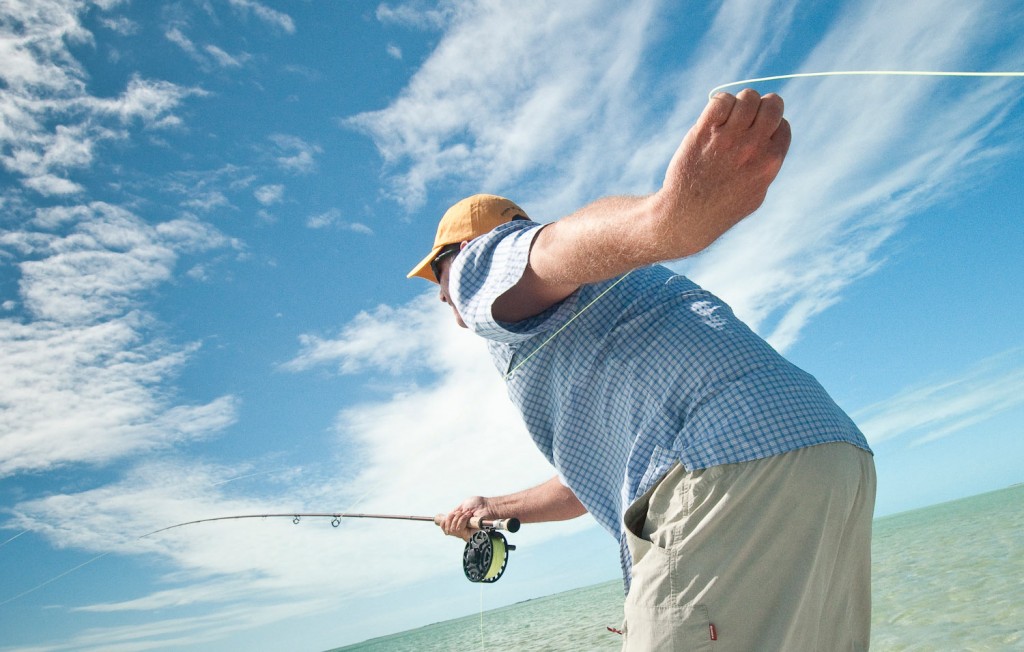
IN THE LAST VIDEO OF OUR ULTIMATE LINE SPEED SERIES BRUCE IS GOING TO TURBO CHARGE YOUR DOUBLE HAUL BY APPLYING THE “V GRIP” TO YOUR LINE HAND.
Again, this is seriously advanced technique and it’s going to take practice. However, if you can master and employ all the techniques from the last five videos together you will cast like a rock star and the wind will be your bitch. Now, doesn’t that sound nice? I hope this video series has been helpful. I look forward to seeing the hero shots of all those salt water fish you’re going to catch!
Read More »Saturday Shoutout / Bar Flies

WHAT DO GUYS IN MICHIGAN DO ALL WINTER?
Apparently they drink beer and tie flies. And with some of the talent they have on hand, who can blame them? The guys at Schultz Outfitters have started a fun tradition. They teach fly tying classes at a local bar. They bring in some awesome guest tyers from all over to share their kick ass patterns and luckily for us, they video the whole affair.
My good friend Bruce Chard even made an appearance to tie a crab pattern. It looks like a rockin good time. It almost makes me wish I was in Michigan all winter. Well, almost.
Check out the videos from Bar Flies
Read More »Umpqua UPG Fly Box Review
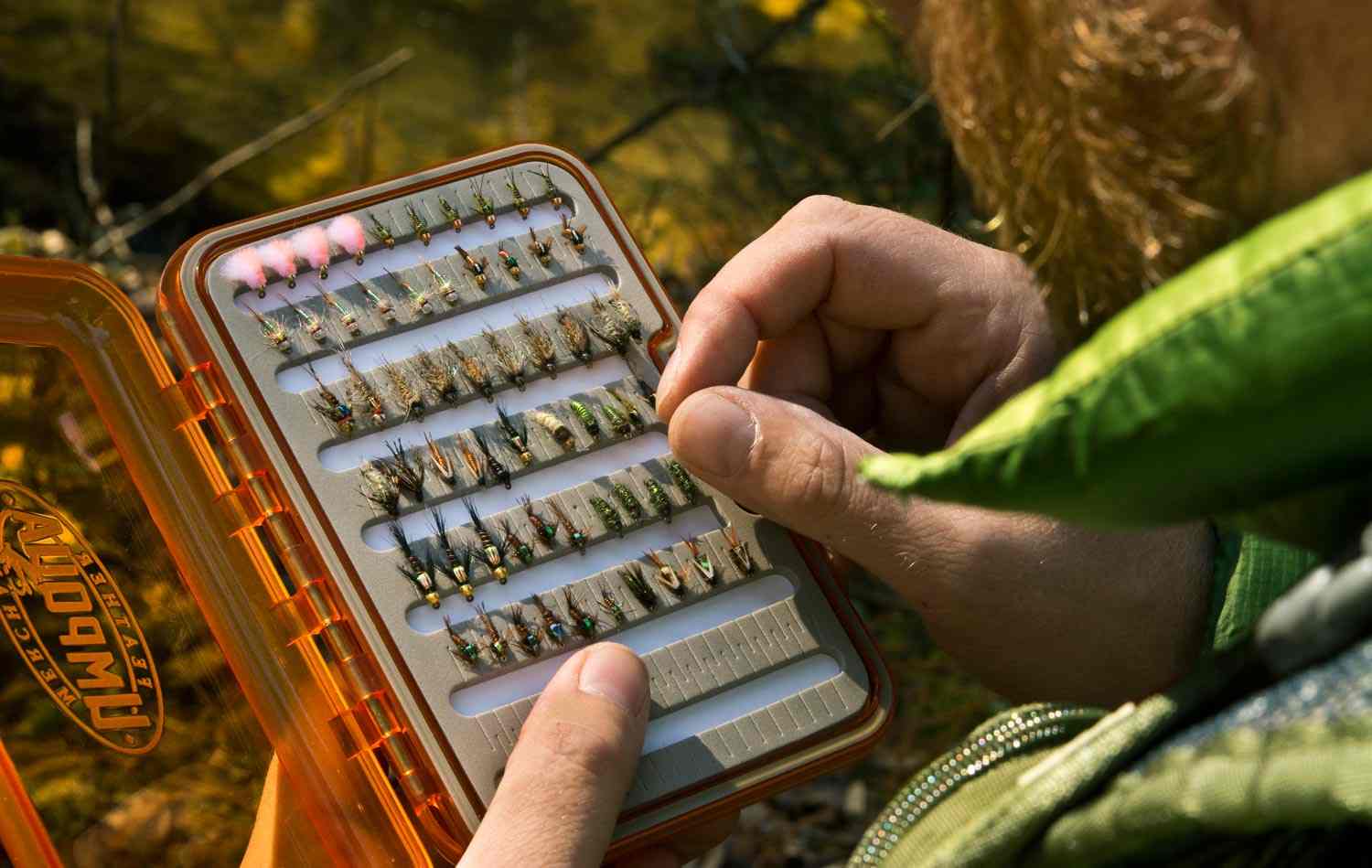
Umpqua really raised the bar when they introduced their UPG line of fly boxes. In fact, they won multiple awards at trade shows, which were voted on by professionals in the industry. Their goal in mind when designing the UPG fly boxes was to tailor them for the professional guides. Point being, Umpqua knew if they could design and build a series of fly boxes that would hold up to the daily use and be loved by professional guides, the end result would be a product line that would in turn be popular among the majority of recreational fly fisherman. There’s no doubt they met their goal, and it’s no surprise, that today the Umpqua UPG fly boxes are now currently found in many of our own packs and vests.
I think a lot of fly anglers undervalue the importance of a quality fly box. Think about it for a second. As fly fisherman, we fit into one of two categories. We either spend hours upon hours at the vise, tying up our fly imitations or we spend hundreds of dollars buying individual fly patterns to fill up our fly boxes. Whatever category you fall into, it’s pretty apparent that there’s a substantial investment involved when it comes to what we carry around in our fly boxes, and it makes sense for us to protect that investment with a quality fly box.
The first thing you notice when you pick up a UPG fly box is how solid it feels. It’s not one of those flimsy light weight jobs that you find in many of the knock off fly boxes on the market. With solidness, comes a little bit of extra weight, and although some fly anglers would look down on this, you have to understand that extra weight translates into quality and durability on the water. The next thing you’ll notice about the fly boxes are the extraordinary amount of fly capacity in all of the fly box models. Some of the models, designed for storing smaller nymphs and midges, even have off set foam slits, which is intended to allow the fly angler to store twice as many flies per row of foam. Furthermore, most models incorporate two magnet areas that can be used for you to place your stand by flies waiting to be tied on and fished, or for secure storage for the smaller flies that are cumbersome to put into the foam slits. The benefit of the well designed layout of all of the UPG fly boxes translates into significantly increased fly capacity that’s well organized, and that means you’ll find it much easier to carry less fly boxes with you on the water without you having to sacrifice leaving any flies at the truck.
Read More »Whisky, Tango, Foxtrot Caption Contest

IT’S TIME FOR ANOTHER ROUND OF FUN AT OUR FISHING BUDDIES EXPENSE.
Test your wit against he rest of the G&G community. It’s fun! It’s challenging! It’s ridiculous! Best of all, you might win something really, really cool!
The person who comes up with the best caption, left in the form of a comment, for this bit of saltwater shenanigans wins this Flood Tide ball cap with an original Paul Puckett hand drawn redfish tail under the brim. You will be the envy of all your friends in the wearable piece of art.
Check out Flood Tide and Paul Puckett Art!
Let the fun begin. Leave your caption in the comments field below. No emails please. The winner will be announced March 13th.
Good Luck!
Read More »Fly Fishing: Our Trout Rivers and Streams Need More Wood
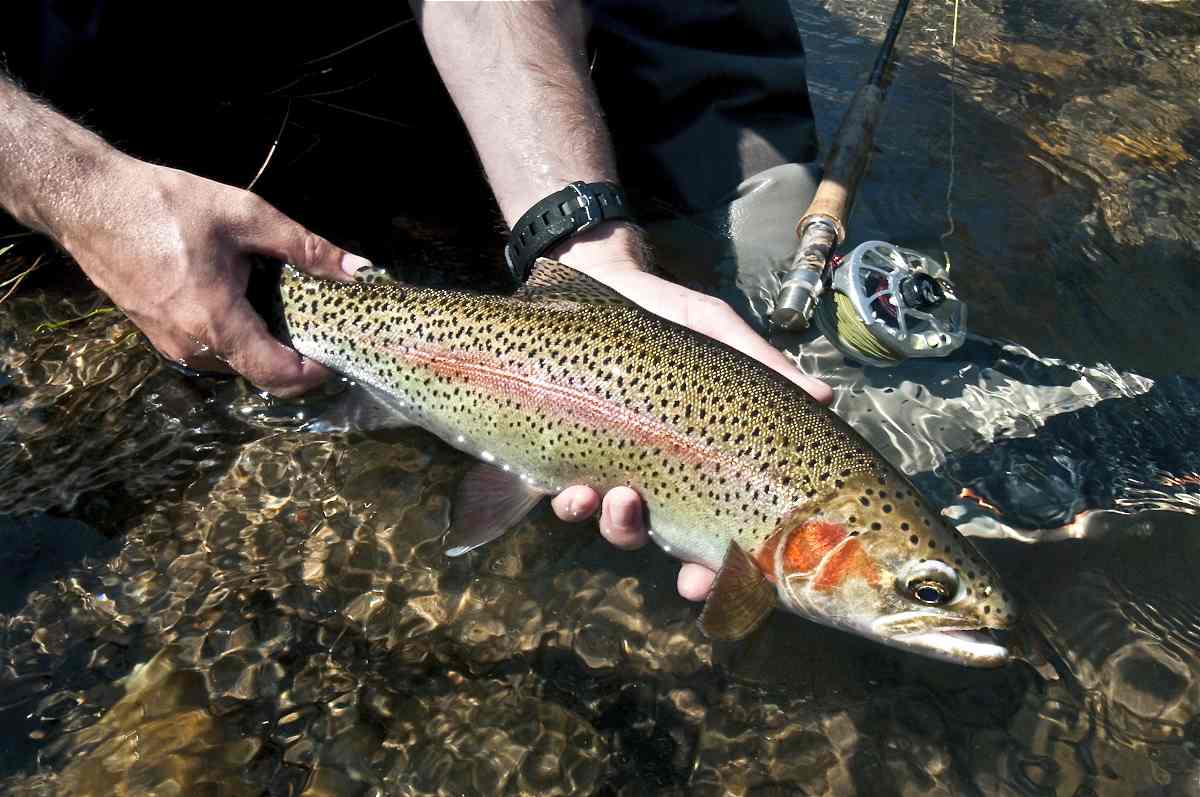
Several years back, one of my favorite wild trout streams, only a few miles from my house, got slammed with tornados and high winds (from back to back hurricanes that had moved up from Florida). The aftermath from the strong storms, downed dozens, upon dozens of trees along the stream. I was heartbroken at first when I witnessed all the downed wood. The first thing I thought about, was how much critical shade the stream had lost from the destruction of the large stretches of tree canopy along its banks. And that made me nervous water temperatures would thereby increase significantly during the summer months, posing a real threat to year round survival of the wild trout that lived there. I wasn’t alone in my worries, as I quickly found out when I talked with my local fly fisherman in the area. The large majority were in total agreement. We thought the best thing we could do, was go in and strategically remove as much wood as we could to avoid massive silt build ups, which we thought at the time, was causing the stream flow to slow down, and not only contribute to warming the water, but also choking out the natural aquatic bug life. Looking back now, as a much more educated angler, I know see the massive influx of in-stream wood cover that was gifted to us by the hurricanes, was not an environmental catastrophe, but actually a blessing in disguise for our beloved trout stream.
Read More »Sunday’s Classic / Spring Fishing on Tributaries for Wild Trout
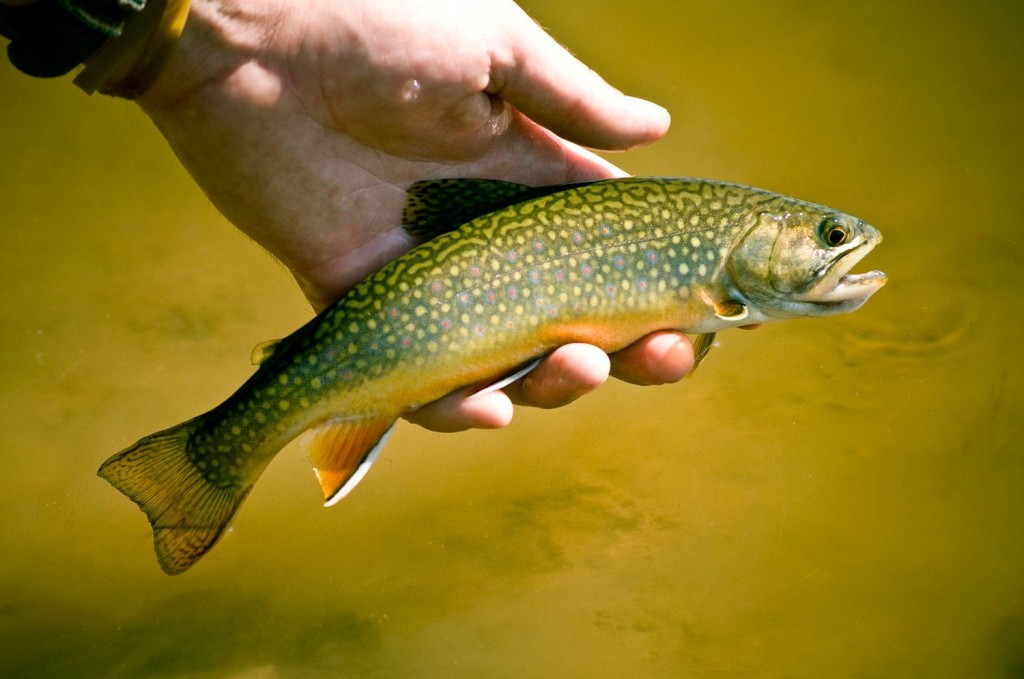
Several of our blog followers on numerous occasions have asked Louis and I if we ever catch small trout? Jokingly, they mention, “All we see are trophy size fish in most of the pictures on the blog”. I assure you all, we catch plenty of small fish, and Louis and I both appreciate and photograph them on the water with the same gratitude and respect. It’s just fair to say, that a large portion of anglers out there are constantly striving to catch a trophy class fish. We tend to use our big fish photos as motivation and assurance that persistence pays off. However, it’s important to note, in most cases, there’s no distinction in our fishing technique. We pretty much fish the same way for all sizes of trout. We approach the fishing spots the same, we make the same casts and presentations, and we fish the same fly patterns. It really just boils down to whether or not it’s a numbers day or a big fish day, and we’re generally happy with either. Location does play a factor though for size of trout, but remember, a trophy fish should be defined by the water it inhabits. A 14-inch trout on a small creek has just as much right to hold the trophy status as a 20-inch fish on a big river.
Read More »Saturday Shoutout / Kleis’s Mysis Shrimp
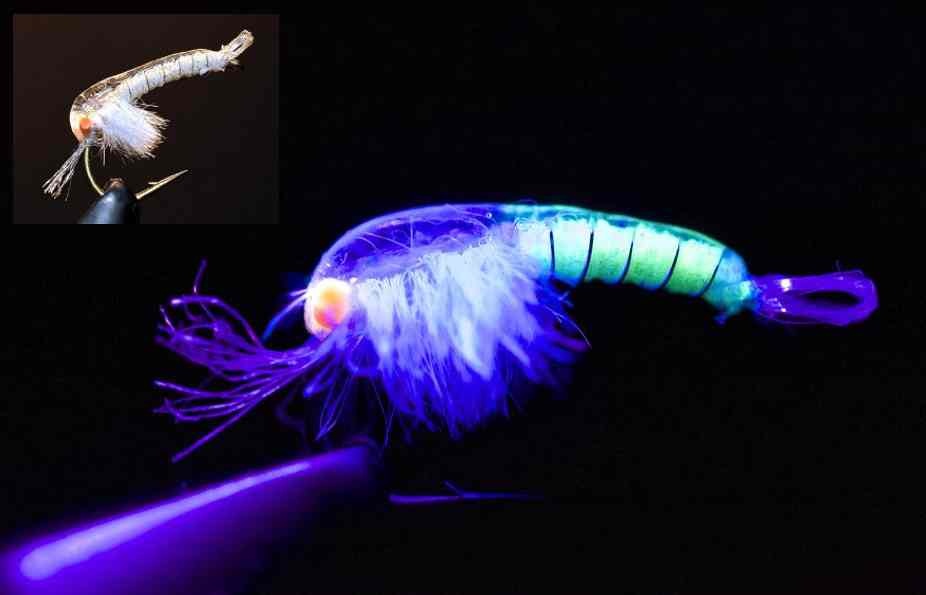
If you’ve ever fly fished in Colorado, or for that matter, on any trout stream or river that has large numbers of Mysis Shrimp, you probably know how important it can be to have some of these patterns stocked in your fly box. Years back, during my maiden fly fishing trip to the Frying Pan River, in Colorado, I had an unbelievable day catching one trophy trout after another, on Mysis Shrimp patterns. There’s no doubt, without the aid of my Mysis Shrimp patterns, I wouldn’t have landed nearly as many trout during my time in Colorado. While we’re on the subject of talking about fishing Mysis Shrimp patterns, it should be noted that not all Mysis Shrimp patterns are created equal. Jon Kleis, from the Coloradoflyfisher.blogspot.com, explains matching the correct profile and color of naturals can be critical for fooling the highly educated trout in Colorado trout rivers and streams. Furthermore, he recommends that fly tiers should choose specific tying materials, like UV flashabou and fluorescent eyes, when tying Mysis shrimp. Doing so, it will greatly increase the realistic look of the imitation and performance on the water.
Read More »Adipose Boatworks Sponsors Gink & Gasoline
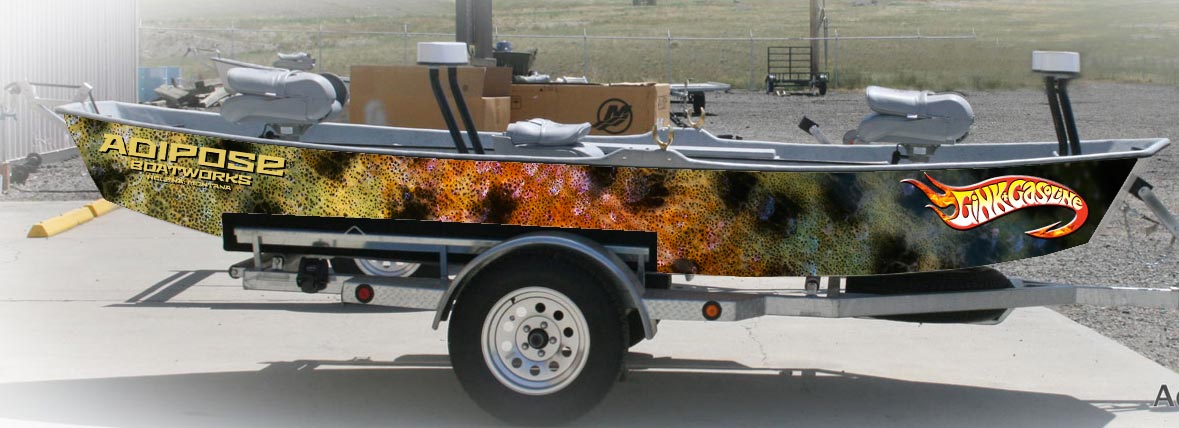
For a few years now, Louis and I have had the dream of getting a Gink & Gasoline drift boat for all of our fly fishing adventures. After rowing many different drift boats and skiffs on the water, and talking with different boat manufacturers in the industry, we’re very happy to let everyone know that we’ve decided to build a long-term partnership with our good friends at Adipose Boatworks. As you’re reading today’s post, our long-time friend, fly fishing guide and photographer, Rob Parkins is in transit from Victor, ID trailering our new and fully pimped out Adipose Flow Skiff. Louis and I will be heading out of town this Saturday, to meet up with Rob for a few days of streamer fishing on the White River. There’s no doubt in my mind that it’s going to be a dream trip for all of us. There’s nothing like falling in love with a new boat and dropping it in the water for the first time. I’m already dreaming about what a pleasure the Adipose Flow Skiff is going to be to row and fly fish out of. Big thank you to the entire crew at Adipose Boatworks, who fully believes and supports what Louis and I are doing with Gink & Gasoline. We’re permanently indebted to your company, and jazzed that we’ll be sporting, in our opinion, the highest quality drift boat/skiff on the market.
Read More »